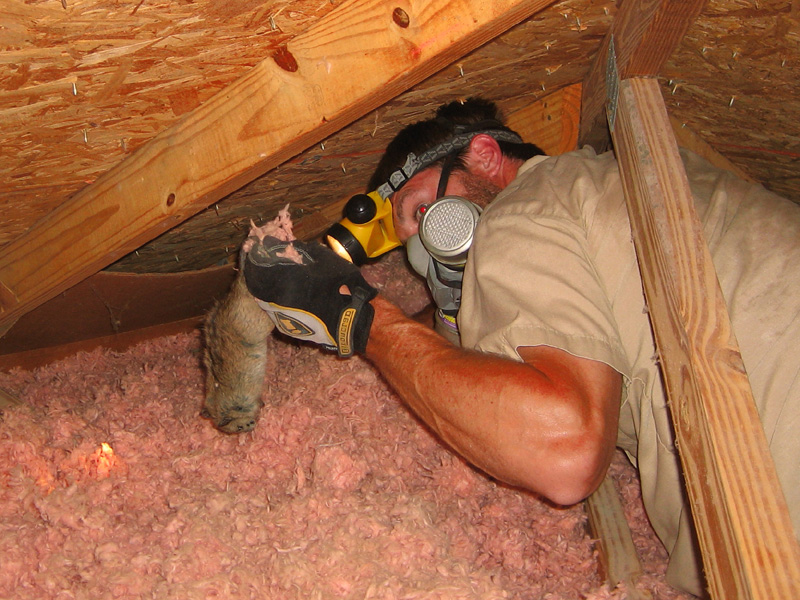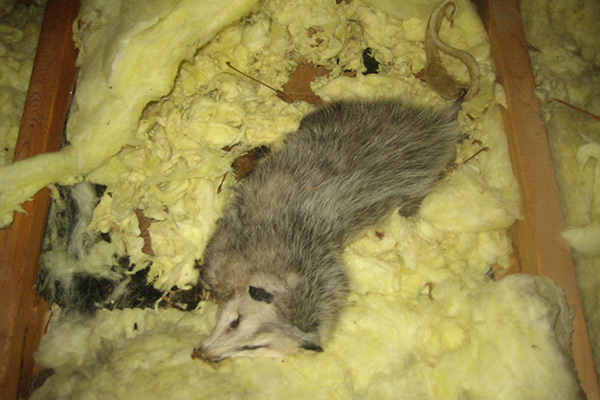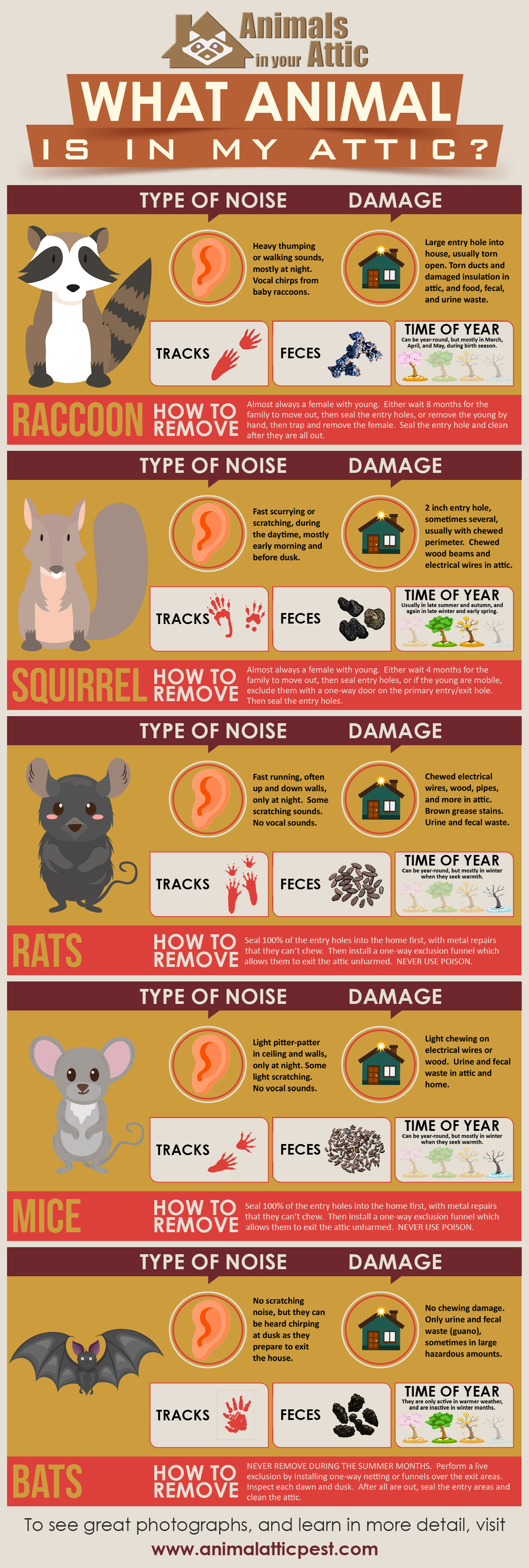They will have experience finding the animal carcass something which saves time and can minimize the amount of demolition you have to do to find it.
Best way to find a dead animal in your attic.
It can be very challenging.
The only way to solve the problem is to crawl through the attic and find the carcass and remove it.
The animal may have died at the very edge of the attic or worse in a cathedral ceiling or some other spot.
Be sure to prevent them from taking the dead animal or even eating them.
When you know that you have rodents raccoons possums or other creatures living in your attic or basement this is where you should start the search.
Dead animal in the attic this is pretty straightforward there s a dead animal in the attic causing a huge odor in the house.
In short you have to search and search and sniff and sniff.
The problem is that it can be very hard to find.
The easiest way to get dead animals out of your attic is to have a professional do the job for you.
You may have to do some investigating if the animal didn t perish out in plain sight.
In many cases you have to dig up insulation in the attic or cut a hole in the wall.
Second the animal often dies burrowed under the insulation.
Block their re entry if you are sure all animals are gone.
However depending on the size of the animal you might also see carrion feeders like vultures circling the death site of the dead animal.
Unless the dying animal left a trail of blood or some other sign of its impending death your nose ends up being the best locator of the source of the odor and the dead animal carcass.
If it s inaccessible by a skinny human such as me i sniff out the exact area and cut a hole in the ceiling and remove the animal that way.
From there let your nose guide you to where the smell is strongest.
When i started my career it usually took me more than an hour to find a dead rat inside a home.
After the animal is gone repair the damage to keep other animals from entering your attic.
I have found that experience helps a great deal.
Sniff the air and follow the scent to the area where it is strongest.
It is likely buried under insulation or down some nook or cranny.
Follow your nose to the source of the smell.
Step 1 find the source of the odor and remove the carcass.
Regularly inspect your home for rotting wood holes or other weak spots that provide access.
Check in places like.
Homeowners risk unpleasant odors and stains disease contamination and further pest infestation when dead animal bodies are left unattended in homes or yards.
Dogs have particularly been known to be very effective in such cases mainly due to their strong sense of smell and therefore you could enlist their help.
However take precaution when using pets.
Narrow it down to an area of your house such as your basement or attic.





























